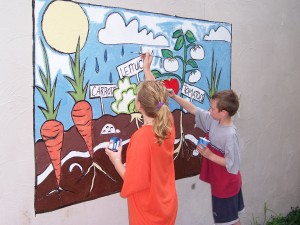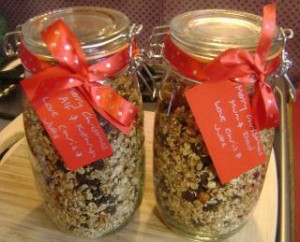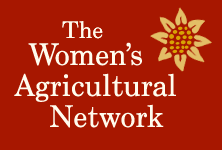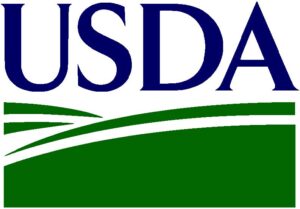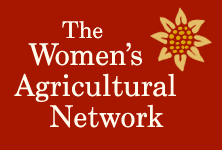Information overload. They call it “drinking from the fire hose”. That’s the perfect analogy for my life right now, and maybe yours as well. So much information coming through so quickly I waffle between the anxiety that I’ll miss something important and the thrill of discovering one more excellent blog that I want to follow but don’t really have time to read.
Meanwhile the stacks of paper waiting for attention in my office and at home continue to grow. Whoever said the information age would be paperless made a serious miscalculation.
I’m not sure there is a “cure” for information overload. And, even if there were, I would not sign on. I think of information overload as more of a chronic condition that I have to learn to manage. The truth is, I like having information within easy reach. I find myself caring about issues that I didn’t even know existed four years ago. I certainly know more about the world’s geography and political issues. Social media helps me be a better friend because I can stay in touch more often and more easily than ever before. And I am a better consumer, citizen and educator because of the information available to me. So, what’s the downside?
I am searching for ways to find the right balance between what it would be nice to know and what I need to know now? Below are some strategies I’ll be trying out in 2012. If you find yourself in a similar situation, I would welcome your feedback on how you control the flow of information.
- Finding time everyday when I can “unplug” and be completely in the moment. I’m shooting for an hour but my minimum is 30 minutes.
- Learning to focus on quality over quantity. I’m looking for the very best information I can get. I will embrace my trusted resources and let them do the curation for me and, in return. I will curate information for others. No one needs to know everything about every thing!
- I will place more emphasis on intentional activity. Rather than trying to do many things at once I will practice deeper concentration and see if I can complete a task before being swept away to something else.

